Long before modern medicine, our ancestors concocted strange brews and peculiar potions to fight off sickness.
These traditional remedies, passed down through generations, combined everyday ingredients in unexpected ways to create health tonics.
While some might seem bizarre today, many contain elements science now recognizes for their genuine medicinal properties.
1. Rabbit Dung Tea

Farmers in rural Europe once swore by this stomach-churning brew! Fresh rabbit droppings were collected, dried in the sun, then steeped in boiling water to create a tea believed to cure everything from measles to pneumonia. The practice dates back to medieval times when healers noticed rabbits rarely fell ill.
While utterly revolting by modern standards, some practitioners claimed the bacteria in the droppings stimulated immune responses. Thankfully, this remedy fell out of favor by the early 1900s when germ theory became widely understood.
2. Fire Cider Vinegar Tonic
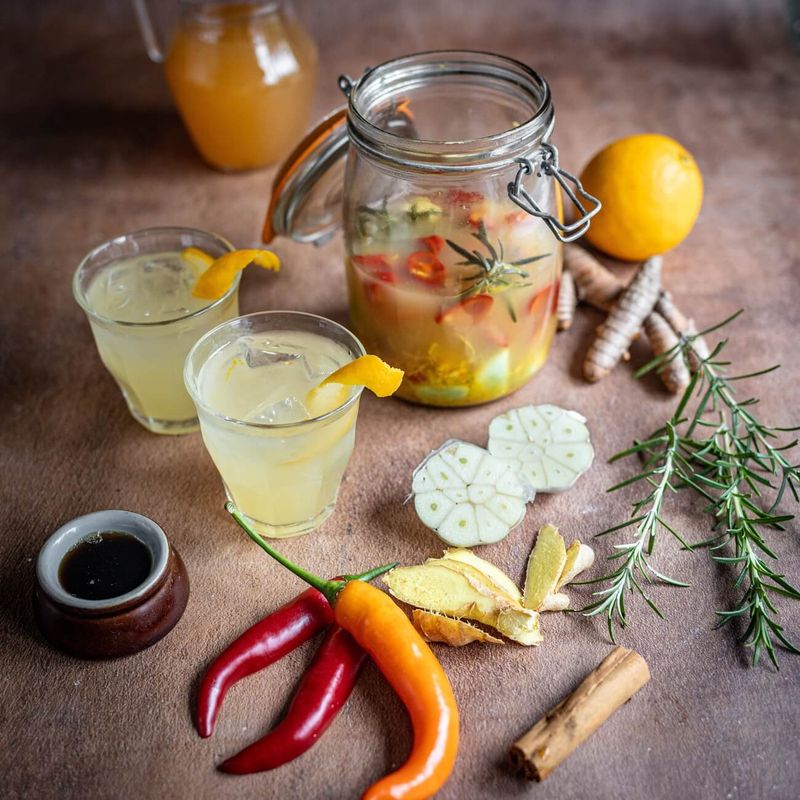
This spicy concoction kicks illness right in the teeth! Combining apple cider vinegar with horseradish, garlic, onions, ginger, and hot peppers creates a potent immune-boosting elixir.
Medieval Europeans swore by this fiery liquid, sipping it at the first sign of sniffles. The ingredients contain natural antibacterial and antiviral compounds that actually help your body fight infection.
3. Garlic Honey Syrup
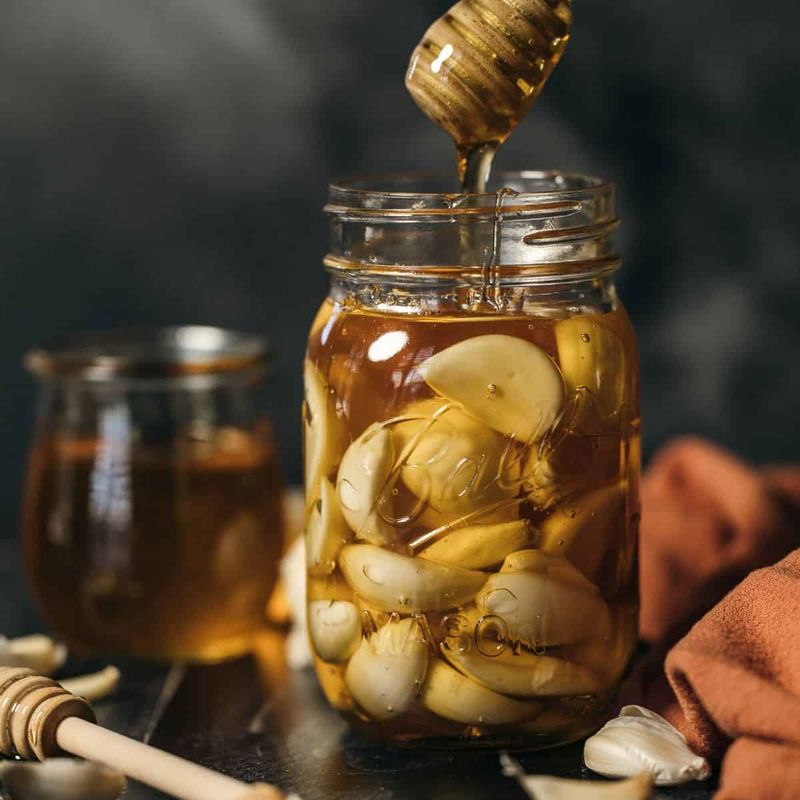
Ever wondered why vampires fear garlic? Perhaps because this pungent bulb packs serious healing power! Honey-preserved garlic dates back to ancient Egypt, where pharaohs valued it as both food and medicine.
Simply infusing raw honey with peeled garlic cloves creates a sweet-savory syrup that soothes sore throats and fights respiratory infections. The combination delivers antibacterial properties with the soothing qualities of honey.
4. Mustard Plaster
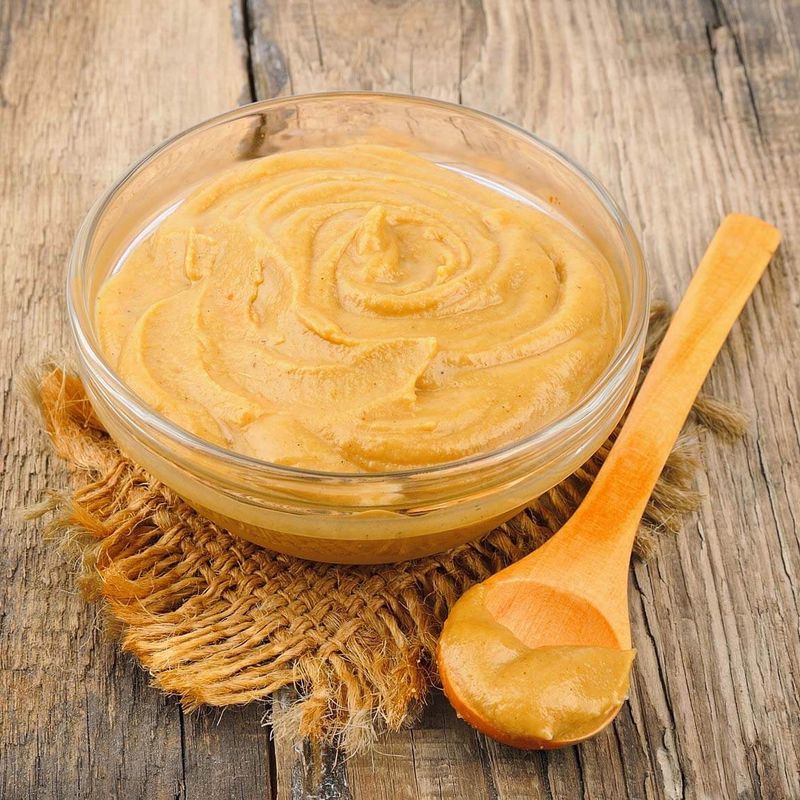
Grandma wasn’t joking when she slapped this spicy paste on your chest during winter colds! Made by mixing ground mustard seeds with flour and water, the resulting poultice creates intense heat when applied to the skin.
Dating back to ancient China, mustard plasters increase blood flow to congested areas. The warming sensation helps break up mucus in the lungs, though users beware—leave it on too long and you’ll feel the burn!
5. Onion Sock Therapy
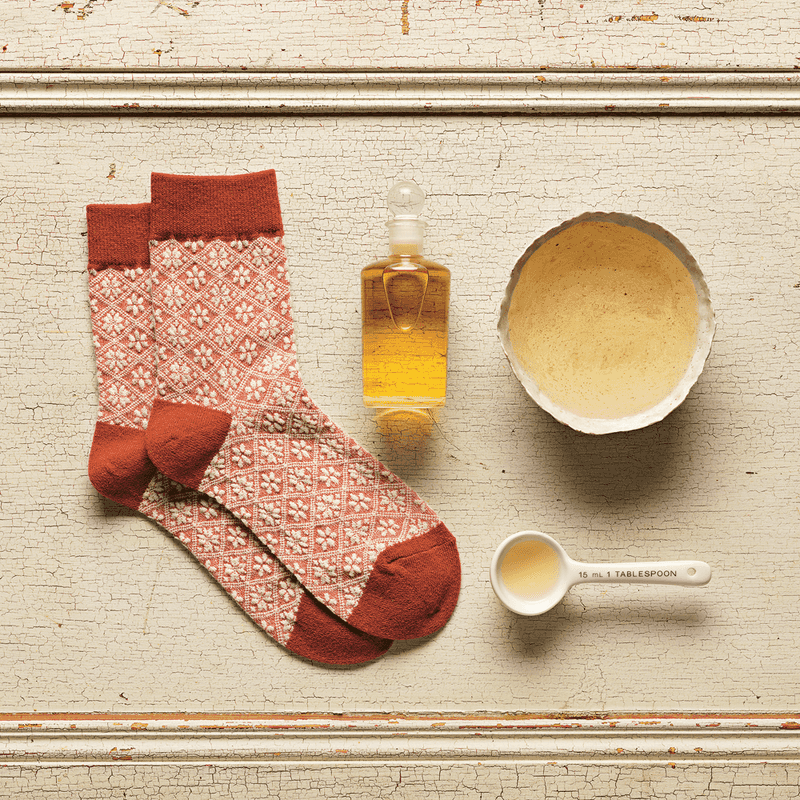
If you thought wearing socks filled with raw onions to bed sounded ridiculous, you’re not alone! Yet this bizarre remedy has persisted across cultures for centuries as a fever treatment.
The theory? Onions contain compounds that draw out toxins through the feet. While modern science raises an eyebrow, many swear by this pungent nighttime ritual. Just don’t expect your bedroom to smell like roses in the morning!
6. Sage And Vinegar Gargle
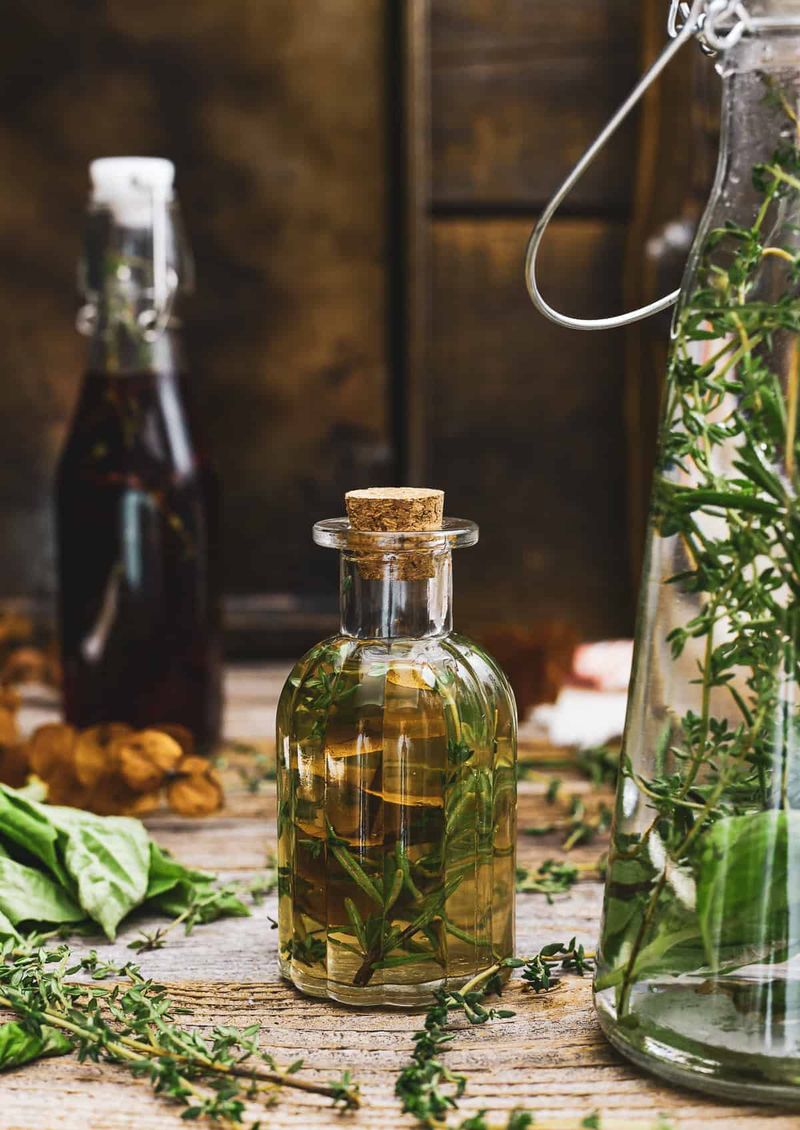
Suffering from a sore throat? Ancient Romans would’ve handed you this bitter brew! By steeping fresh sage leaves in hot vinegar, they created a potent gargle that numbs pain and reduces inflammation.
Though the taste leaves much to be desired, sage contains natural antiseptic compounds. Meanwhile, the acidic vinegar creates an environment hostile to bacteria. Colonial Americans adopted this remedy, adding honey to make the medicine go down easier.
7. Bone Broth With Medicinal Mushrooms
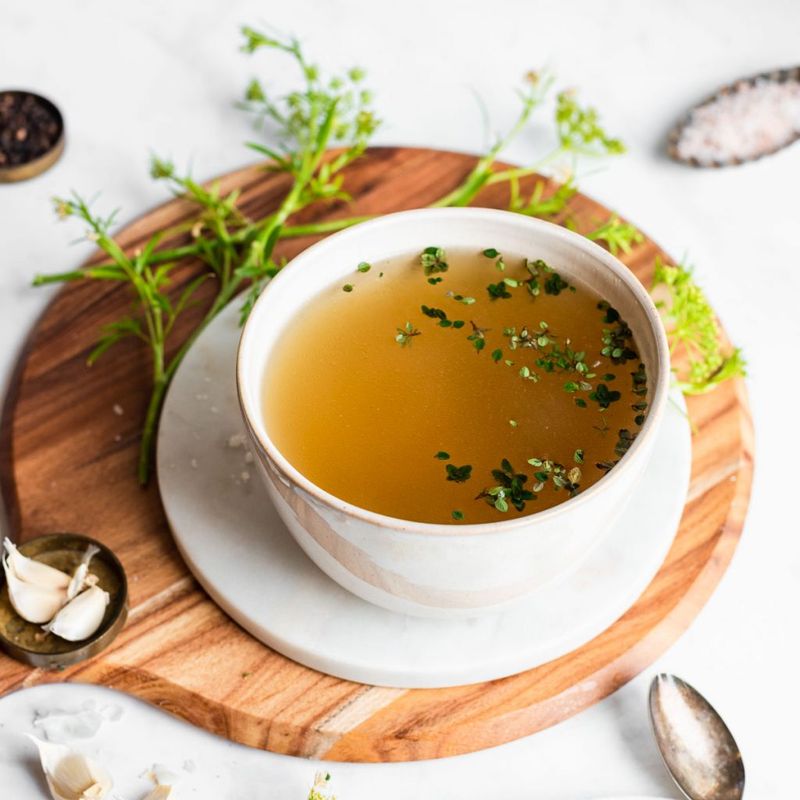
What do you get when you simmer animal bones for days with reishi, shiitake, and turkey tail mushrooms? A powerful immunity tonic that dates back thousands of years in Asian medicine!
The collagen-rich broth combined with beta-glucans from medicinal mushrooms creates a nutrient powerhouse. Chinese physicians prescribed this during cold seasons and recovery periods. Modern nutritionists now recognize its impressive amino acid profile and gut-healing properties.
8. Fermented Fish Oil
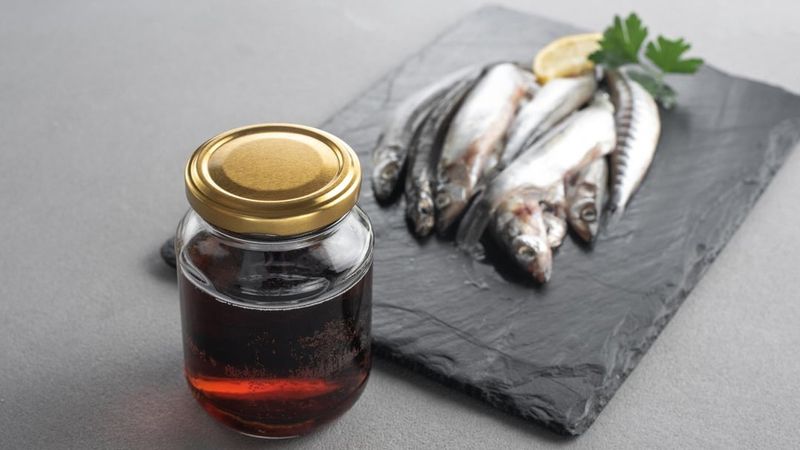
Hold your nose for this one! Viking warriors consumed fermented cod liver oil as a vital winter supplement, ensuring survival during harsh Scandinavian winters when sunlight was scarce.
The putrid-smelling liquid contains massive amounts of vitamins A and D, crucial for immune function. Indigenous Arctic peoples also prized this oil, sometimes fermenting whole fish in sealskin bags buried underground. Today’s supplements are thankfully available in capsule form!
9. Turnip And Honey Cough Syrup
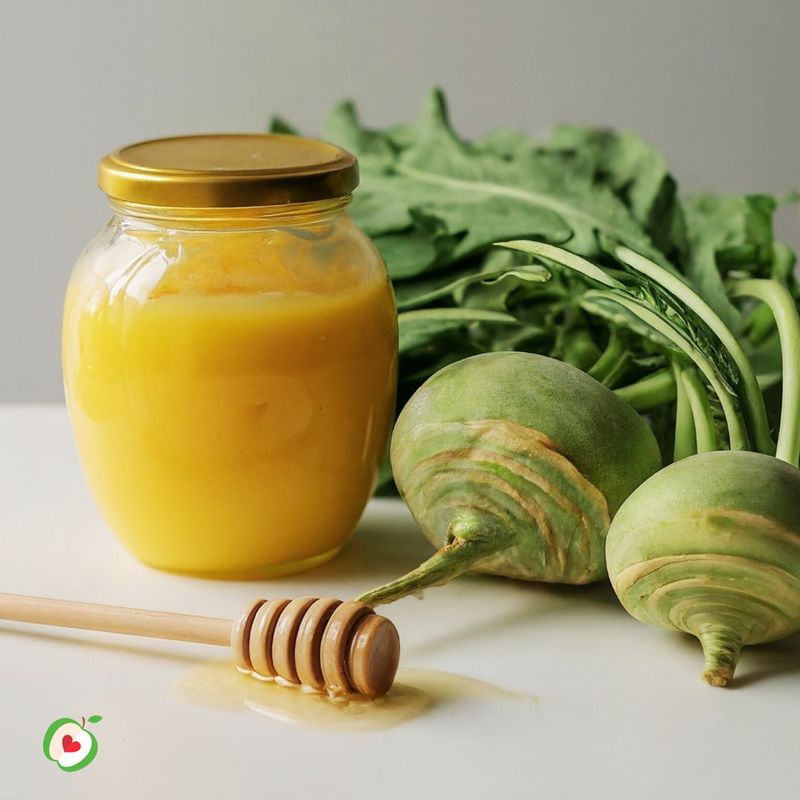
Imagine hollowing out a turnip, filling it with brown sugar or honey, and collecting the resulting syrup! This medieval European remedy might sound strange, but the science behind it is surprisingly sound.
Turnips contain compounds that soothe irritated airways, while the sweet syrup calms cough reflexes. Rural communities across Europe prepared this remedy when winter coughs struck. Try making this forgotten remedy next time your throat tickles!
10. Vinegar Of The Four Bandits
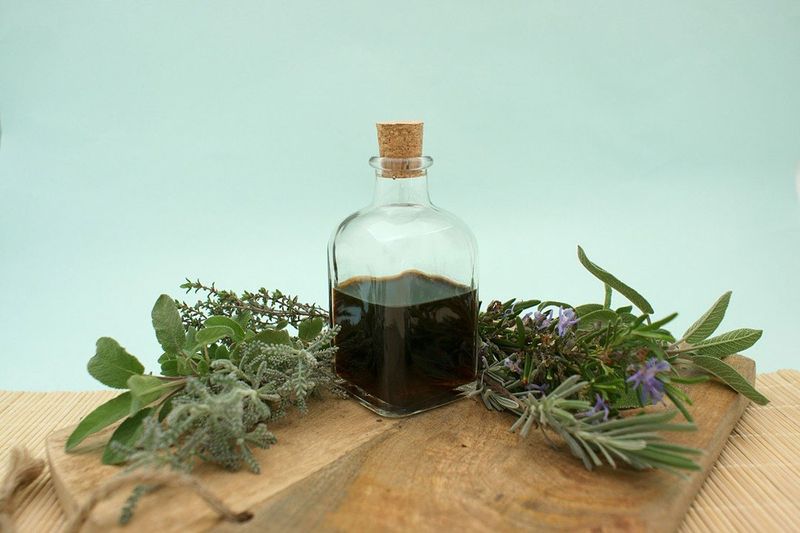
How did four notorious thieves rob plague victims without catching the deadly disease? According to French folklore, they created a vinegar infused with protective herbs including wormwood, rosemary, mint, and lavender.
Court records from 1630 Toulouse mention this legendary concoction. The thieves allegedly confessed their secret remedy in exchange for lighter sentences. Variations of this herbal vinegar spread throughout Europe during subsequent plague outbreaks, with families guarding their special recipes.
11. Elderberry Rob

Before pharmacies existed, European kitchens transformed elderberries into “rob”—a concentrated syrup made by simmering berries until thick as molasses. This intensely purple remedy predates the Roman Empire!
Hippocrates, the father of medicine, called elder his “medicine chest” for good reason. Modern research confirms elderberries contain compounds that prevent viruses from replicating. During the 1918 influenza pandemic, this remedy experienced a massive revival as commercial medicines ran short.
12. Cabbage Poultice
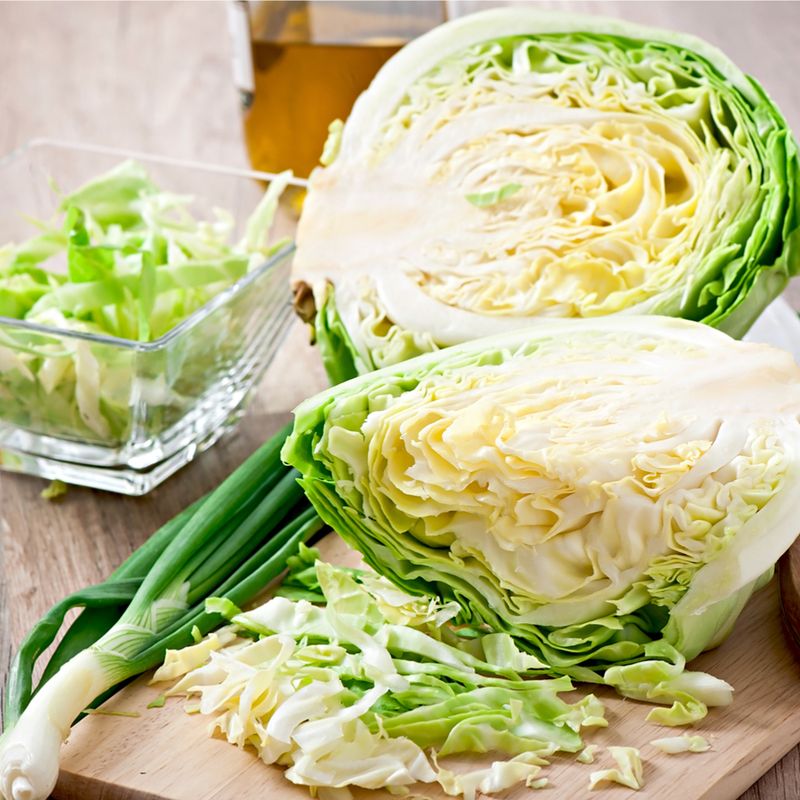
Who knew the humble cabbage could pull toxins from the body? Ancient Romans certainly did! They applied crushed cabbage leaves directly to wounds, boils, and inflamed joints with surprising effectiveness.
The leafy vegetable contains compounds that reduce swelling and draw out infection. During World War I, soldiers used cabbage poultices when medical supplies ran low. Surprisingly, modern studies show cabbage extracts contain anti-inflammatory compounds similar to those in pharmaceutical creams.
13. Sour Milk And Clay Paste
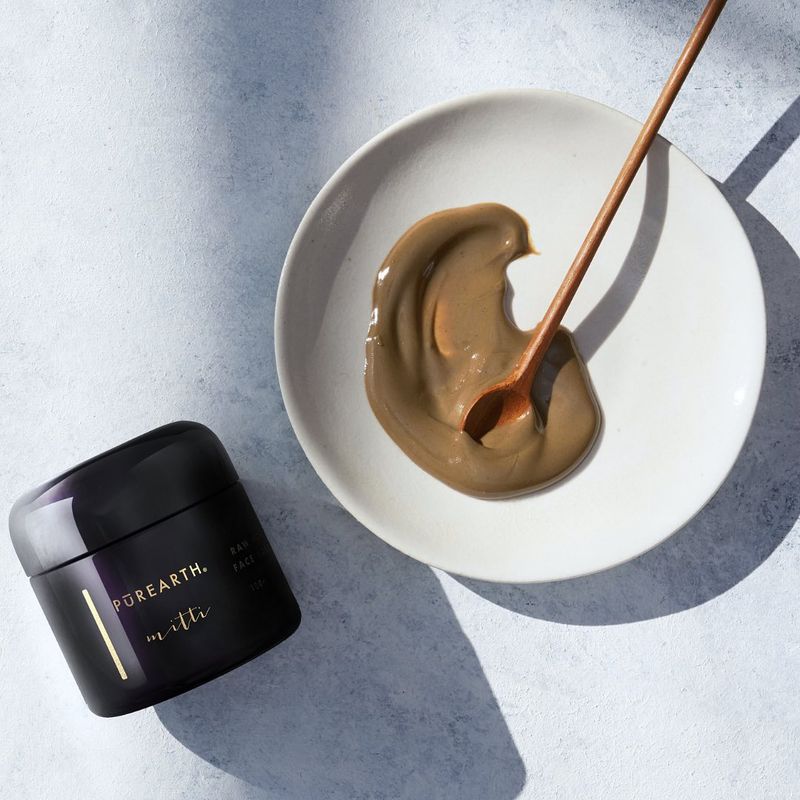
Though it sounds more like a kindergarten art project gone wrong, this strange mixture was a go-to remedy for skin infections across ancient civilizations! Combining naturally soured milk with medicinal clay created a powerful drawing paste.
The lactic acid in sour milk gently exfoliates while beneficial bacteria fight pathogens. Meanwhile, clay minerals absorb toxins and reduce inflammation. Egyptian papyri mention similar formulations for treating boils and skin eruptions thousands of years ago.
14. Pine Needle Tea
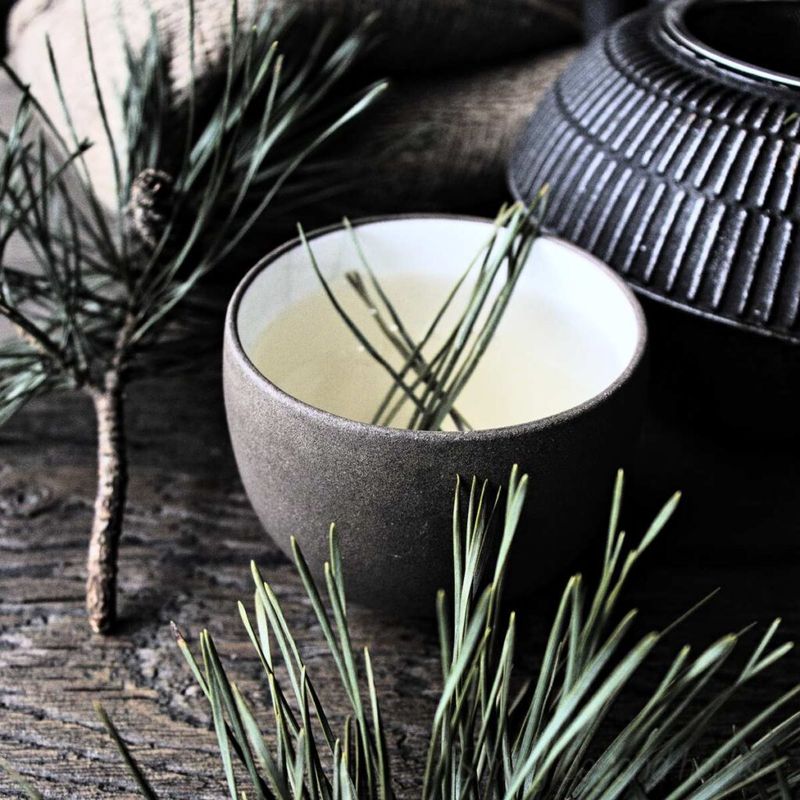
Sailors feared scurvy more than storms until they discovered this simple forest remedy! Native Americans taught early colonists how to brew vitamin-rich tea from pine needles during winter months when fresh produce was scarce.
Just a cup contains more vitamin C than several oranges, preventing the dreaded deficiency disease. Captain James Cook later required his crew to drink similar concoctions during long voyages. Indigenous peoples worldwide recognized pine’s medicinal properties, using different species for similar purposes.
15. Violet Flower Honey
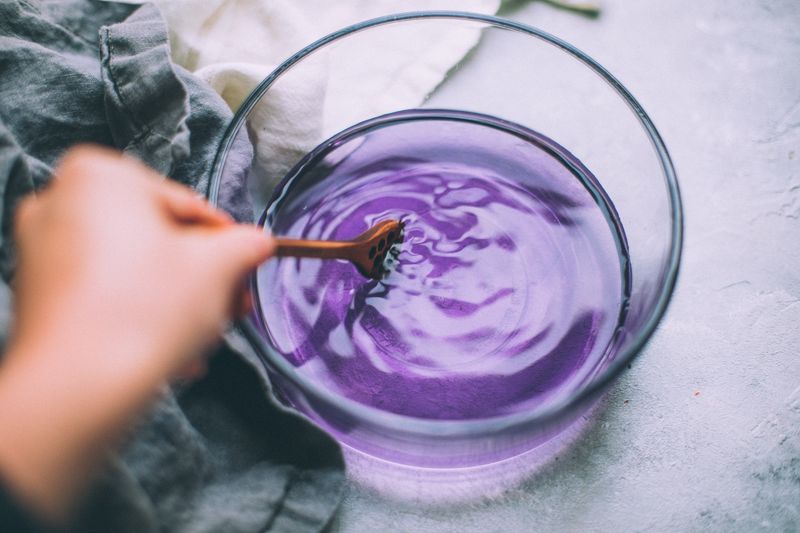
Fancy a spoonful of medieval cough medicine? Violet flowers steeped in honey created a fragrant remedy for respiratory ailments across Europe and the Middle East for millennia.
The delicate purple blossoms contain compounds that thin mucus and soothe irritated tissues. Herbalists directed patients to let the sweet medicine dissolve slowly in the mouth. Monastery gardens always included violet patches specifically for medicinal use, with detailed records of preparation methods dating back to the 9th century.

